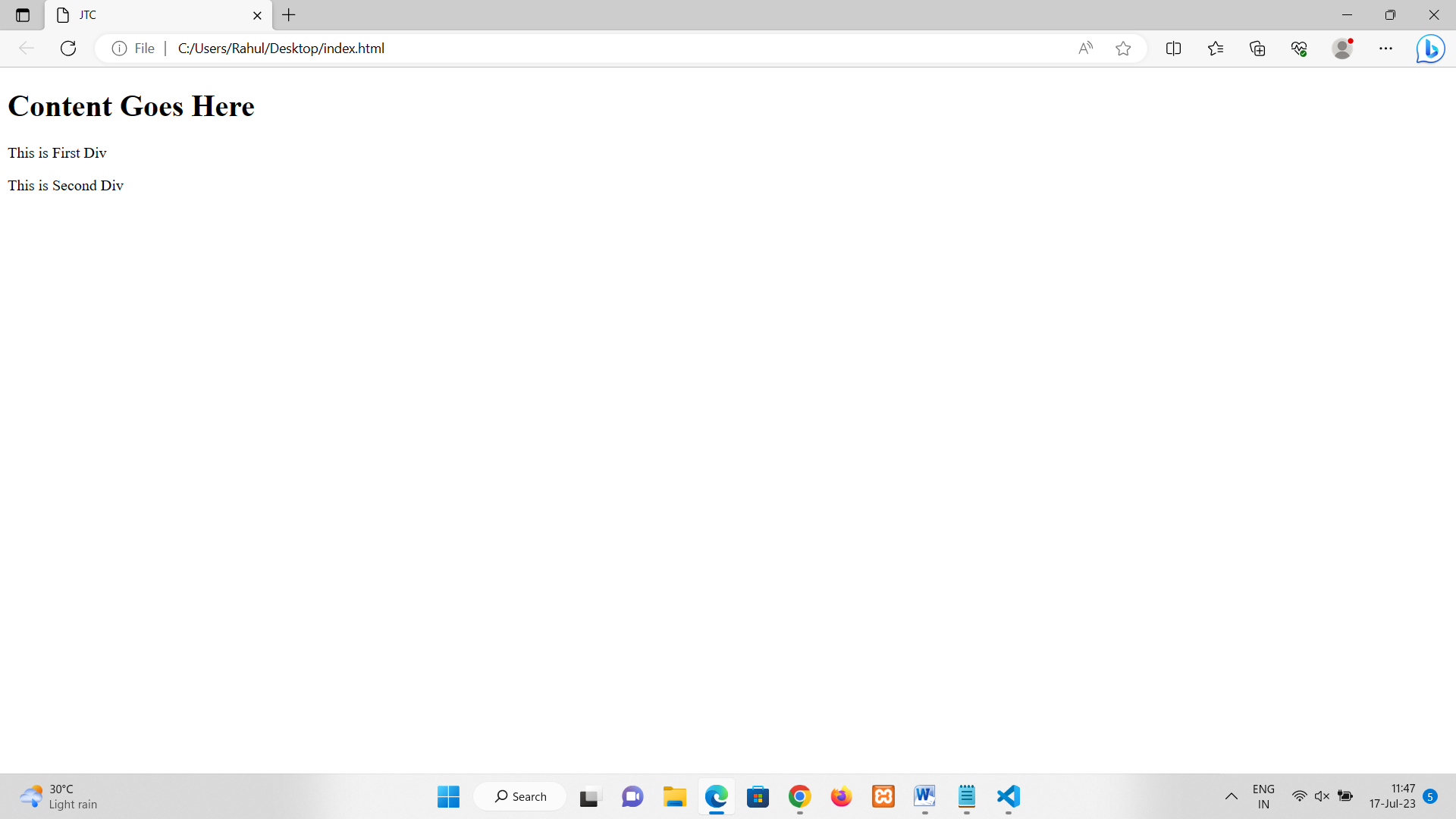• HTML elements are the building blocks of a webpage, defining its structure and content.
• Elements are represented by tags enclosed in angle brackets, such as <tagname>content</tagname>.
• Examples of common HTML elements include headings (<h1> to <h6>), paragraphs (<p>), and links (<a>).
• Elements can be nested within each other, creating a hierarchical structure.
• Each element may have attributes that provide additional information or modify its behaviour.
• Attributes are specified within the opening tag, such as <tagname attribute="value">.
• Elements can have empty or self-closing tags, like <img src="image.jpg" />, for elements without content.
• HTML elements can be styled using CSS to control their appearance, such as colors, fonts, and layouts.
• Elements like div (<div>) and span (<span>) are commonly used as containers for other elements or for applying specific styles.
• HTML provides a wide range of elements to represent different types of content, from text and images to forms and multimedia.

